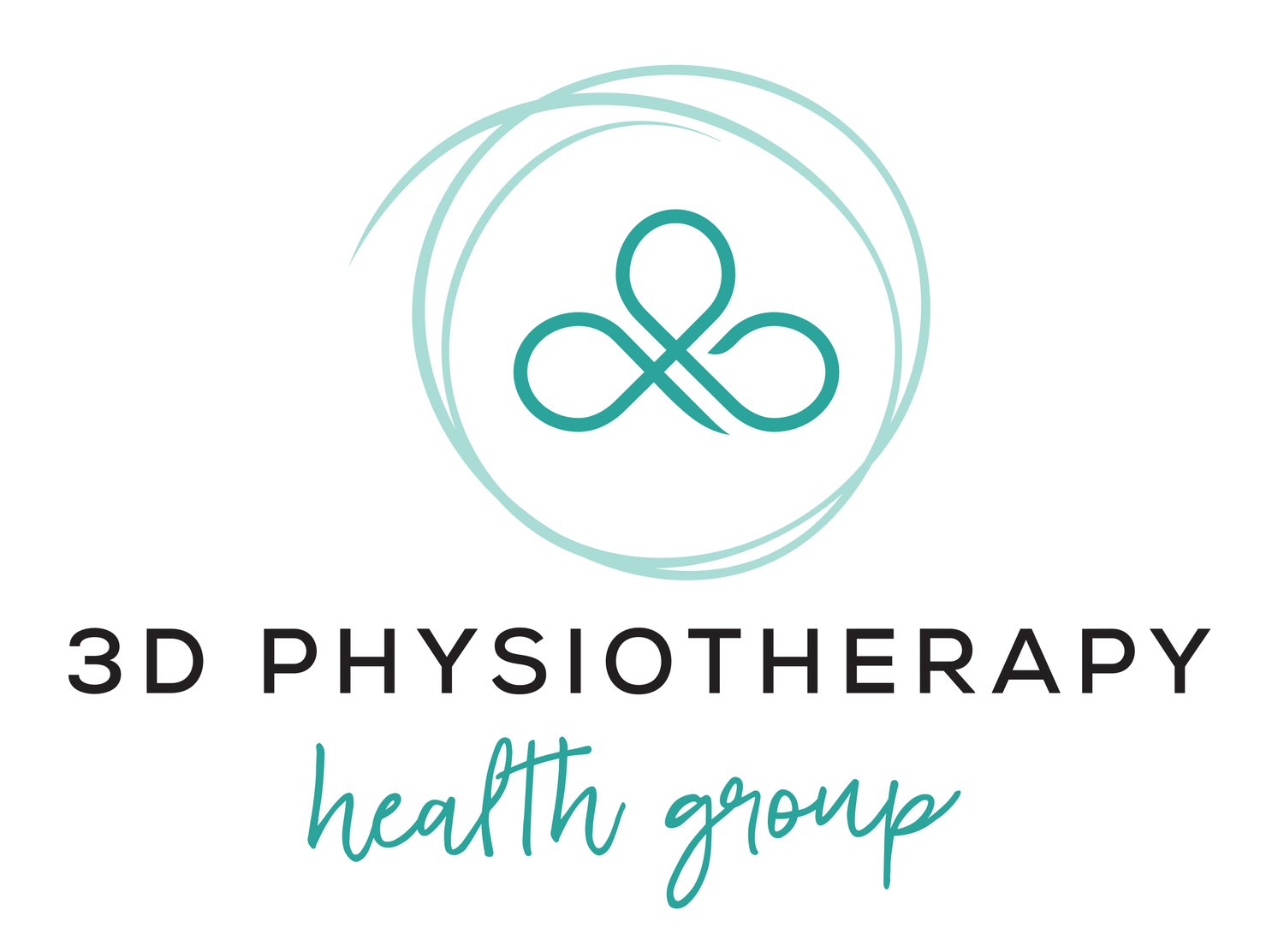Why sitting is killing you!
What is….?
PHYSICAL ACTIVITY: any bodily movement produced by the musculoskeletal system that requires energy expenditure. This allows your heart to beat faster and your breathing to quicken. Some examples of physical activity include; housework, gardening, commuting, walking
Not to be confused with EXERCISE!
EXERCISE: a subcategory of physical activity that is; planned, structured, repetitive and aims to improves different components of fitness, strength, flexibility and endurance.
SEDENTARY BEHAVIOUR: prolonged sitting or lying (not during sleep) that may occur during usual working hours, when travelling or during leisure time.
Did you know?
56% of Australian adults are sedentary or have low levels of physical activity. That’s more than 9.5 million adults! These sedentary behaviours are an independent risk factor for weight gain, as well as related chronic diseases including, heart disease, diabetes and some forms of cancer. Extremely sedentary behaviour is associated with a 49% increased risk of death!
Of course, for some of us sitting at a desk for 8 hours per day is unavoidable! But that doesn’t mean you have to sit for prolonged periods during your leisure time too. With our increasing reliance on technology, we are spending more of our down-time watching television, playing computer games and surfing the net. So, take charge and MOVE!
The benefits of being more physically active….
Reduces your risk of cardiovascular disease (including high blood pressure, coronary artery disease, stroke)
Reduces the risk of type 2 diabetes
Improves muscular fitness and strength
Reduces risk/manages depression and anxiety
Reduces risk of obesity
Reduces your falls risk
Improves bone health
Reduces the risk of some forms of cancers
Reduces your risk of postural related musculoskeletal disorders
How much physical activity is recommended?
The WHO Physical Activity guidelines recommend that adults:
Should do at least 150 minutes (2.5hours) of moderate-intensity physical activity throughout the week, or do at least 75 (1 ¼ hours) minutes of vigorous-intensity physical activity throughout the week
For additional health benefits, adults should increase their moderate-intensity physical activity to 300 minutes (5 hours) per week, or equivalent
Muscle-strengthening activities should be done involving major muscle groups on 2 or more days a week
However, it is not just about regular exercise. If all else fails…. just MOVE! Even if you don’t exercise regularly, studies have shown that reducing sedentary time is a very effective way of maintaining or improving your health.
What can you do?
During your work-day:
Interrupt your sitting time as much as possible throughout the day (walk around every 30 minutes or so). You may find setting an alarm on your phone/watch helps.
Go for a short walk at lunchtime
Take the stairs if able
When commuting – park further away so you can walk to your office, ride a bike, or get off a stop earlier when using public transport
During your leisure time:
Any physical activity is better than doing none. If you are not currently exercising, you should start slowly and gradually increase the amount you do as per WHO guidelines. Walking, swimming and cycling are usually great ones to get started with.
Beware of the amount of time spent sat in front of screens
Try to get outdoors and make it social if that suits you
Trying to get into a routine often helps, so put aside some time each day to look after your physical and mental health and well-being!
Blog by: Sheena Carney, Senior Physiotherapist





